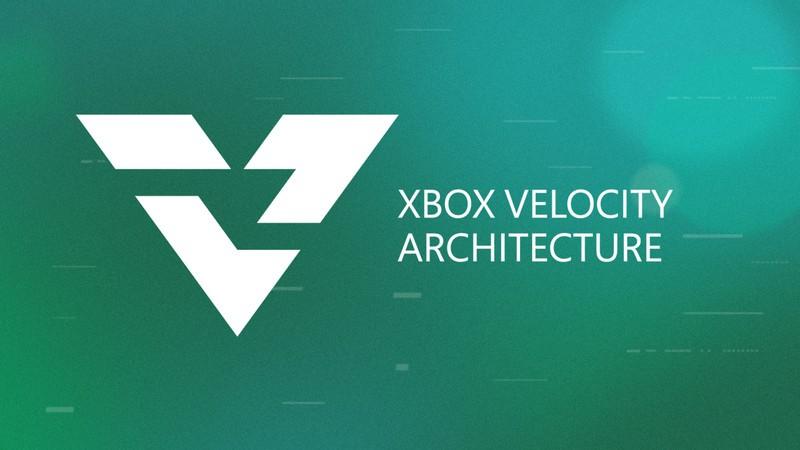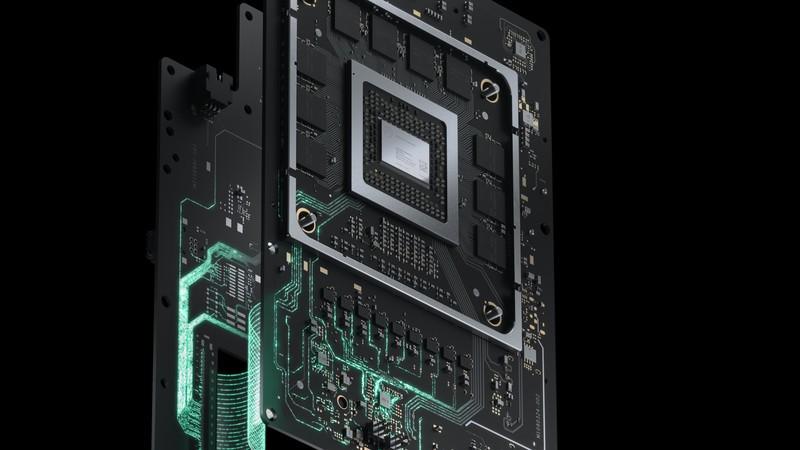A much talked about feature for the new consoles is the Velocity Architecture, aka DirectStorage. To fully utilize the potential of high-speed NVMe Gen4 SSDs, DirectStorage combines real-time gaming IO data processing using that high-bandwidth of Gen4 SSD storage.
Microsoft announced that their Game Stack Live digital event will return this year, where the company promises to showcase DirectX innovations, such as a new DirectX HDR standard for PC and that great console advantage, Velocity Architecture, coming to PC under the name of DirectStorage. This higher transfer speed ends up becoming a higher decompression speed, maximizing performance throughout the entire process, from storage to the GPU.
Modern games load in much more data than older ones and are smarter about how they load this data. These data loading optimizations are necessary for this larger amount of data to fit into shared memory/GPU accessible memory. Instead of loading large chunks at a time with very few IO requests, games now break assets like textures down into smaller pieces, only loading in the pieces that are needed for the current scene being rendered. This approach is much more memory efficient and can deliver better-looking scenes, though it does generate many more IO requests.
Unfortunately, current storage APIs were not optimized for this high number of IO requests, preventing them from scaling up to these higher NVMe bandwidths creating bottlenecks that limit what games can do. Even with super-fast PC hardware and an NVMe drive, games using the existing APIs will be unable to fully saturate the IO pipeline leaving precious bandwidth on the table.
That’s where DirectStorage for PC comes in. This API is the response to an evolving storage and IO landscape in PC gaming. DirectStorage will be supported on certain systems with NVMe drives and work to bring your gaming experience to the next level. If your system doesn’t support DirectStorage, don’t fret; games will continue to work just as well as they always have.
With that, developers will have the opportunity to bring bigger and more detailed worlds to games. Current games are affected by bottlenecks created by existing APIs, mainly because they cannot match the high speeds of SSDs with the huge amount of IO that current games require, which ends up hurting game performance.
The Game Stack Live event will take place on April 21 and 22, where we will know more precisely the dates on which these new technologies will make their arrival on PC. You can see the complete list of news and register to see the event at this link.
Update April 21: Microsoft release a new set of slides on the technology, included below at the thumbnails). The new technology will also be compatible with NVMe SSDs based on PCI-Express Gen 3 Also, all GPUs compatible with DirectX 12 support the feature.












